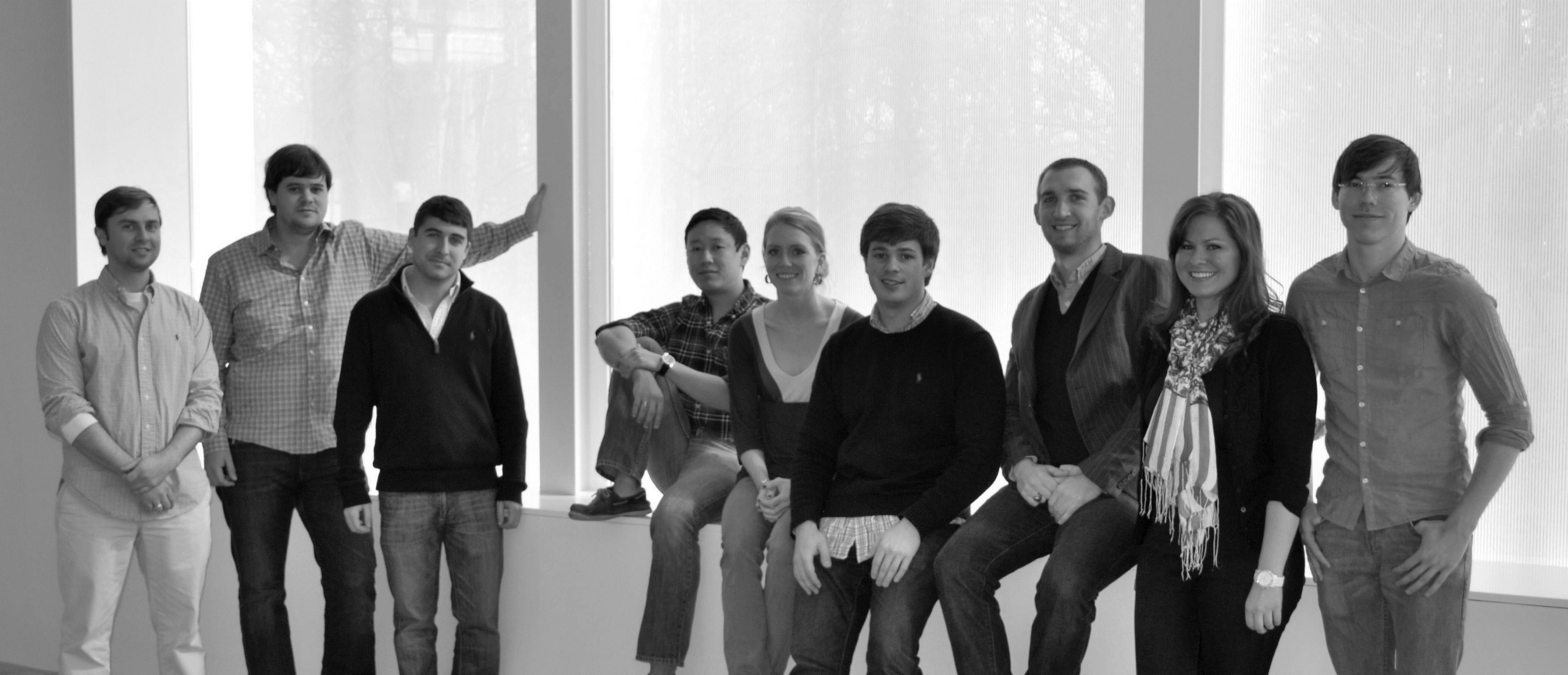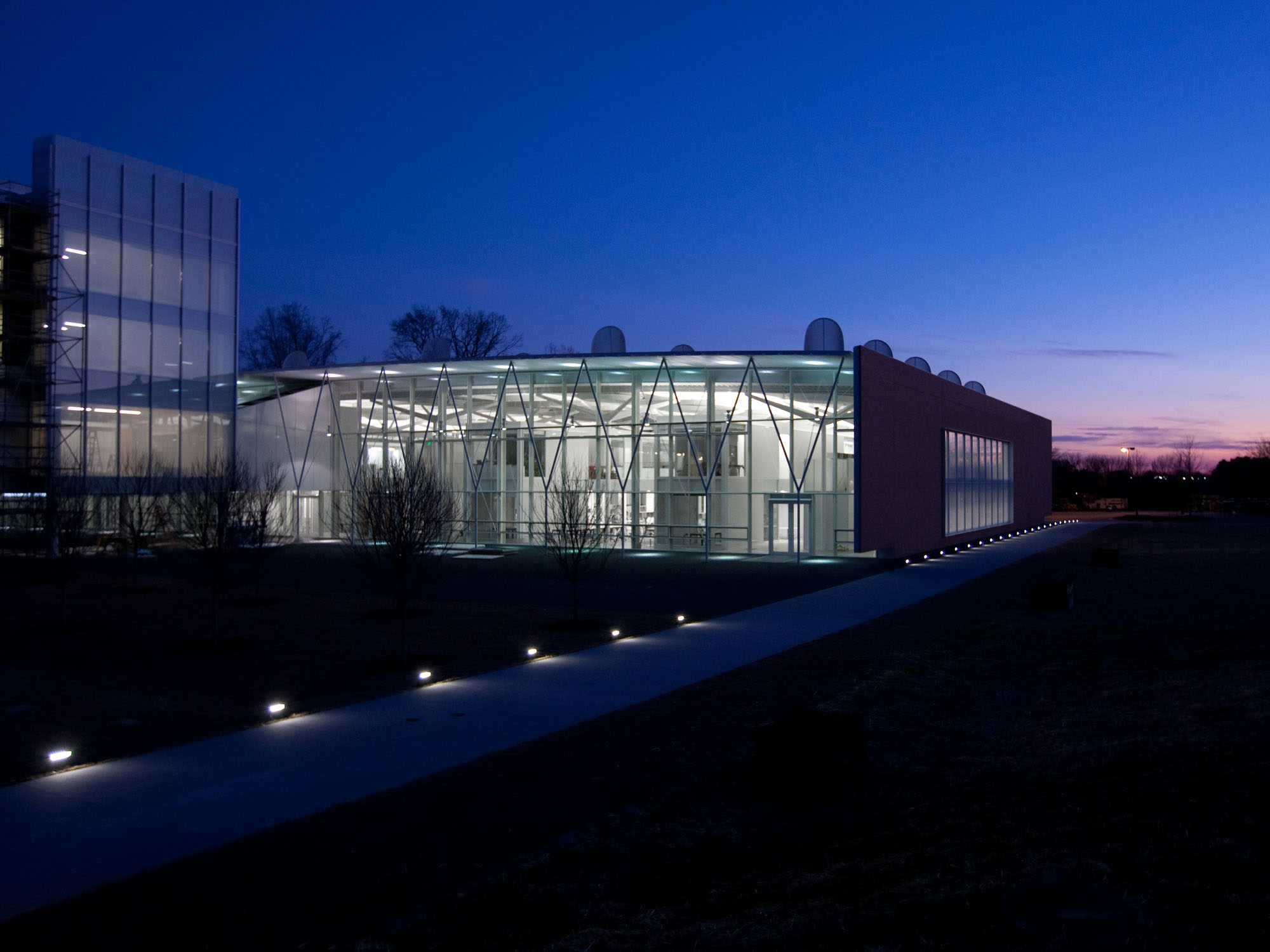Clemson University
Clemson School of Architecture Celebrates Centennial with Symposium on “The Architecture of Regionalism in the Age of Globalization”
CLEMSON, SC— Clemson University’s School of Architecture will celebrate its 100th year of architectural education with a symposium on the timely subject of “The Architecture of Regionalism in the Age of Globalization” on Friday, October 18, 9 a.m. to 5 p.m. in Lee Hall.
Speakers include noted architectural historian-theorists Alexander Tzonis and Liane Lefaivre, and award-winning, Southeast-based practitioners and educators Marlon Blackwell, Merrill Elam, and Frank Harmon.
Since its founding in 1913, architectural education at Clemson has sought a balance between service to the state of South Carolina and connections to the wider world. Exemplifying this tradition, founder Rudolph “Pop” Lee (1874-1959)—namesake of Clemson’s award-winning Lee Hall—studied engineering at Clemson Agricultural College, a land grant school, but was trained in architecture at Cornell and University of Pennsylvania.
Since then, Clemson’s architecture program has been mindful of the connections between the local and the global, creating a “Fluid Campus” including full-time study centers in the cities of Charleston, SC, Genoa, Italy, and Barcelona, Spain. This geographical approach defined the centennial theme, “Southern Roots + Global Reach.”
The subject of regionalism in architecture has a long history, yet remains timely. Recently, “critical regionalism”—a term coined by symposium keynote speakers Alexander Tzonis and Liane Lefaivre in 1981—was the theme of the August edition of the American Institute of Architects’ magazine Architect.
As Tzonis and Lefaivre noted in their recent book, Architecture of Regionalism in the Age of Globalization: Peaks and Valleys in the Flat World (2012), regionalism is a “never ending challenge” that has become increasingly significant for architects and regional cultures in an increasingly “flat” and interconnected world.
In the symposium, Tzonis and Lefaivre’s global and historical perspective will be complimented by talks from award-winning architects and educators Marlon Blackwell, Merrill Elam, and Frank Harmon. All based in the Southeast, their experiences have been influenced by familiar engagements with local and global cultures, and uniquely fluid geographies and careers.
The symposium, to be followed by a Beaux Arts Ball, marks the fourth and final major event of the school’s centennial year. In March, Clemson celebrated the 40th anniversary of the Charles E. Daniel Center for Building Research and Urban Studies in Genoa. In May, the school celebrated the 25th anniversary of the Clemson Architecture Center in Charleston. And in August, the school celebrated the 45th anniversary of its Architecture + Health Program.
The symposium webpage can be found at http://www.clemson.edu/caah/architecture/celebration/symposium.html.
The event is free, but registration is requested at https://secure.touchnet.net/C20569_ustores/web/store_main.jsp?STOREID=30&SINGLESTORE=true.
Contacts:
Kate Schwennsen, FAIA
Chair of the Clemson University School of Architecture
Email: kschwen@clemson.edu
Phone: 864-656-3895
Peter L. Laurence, PhD, Director of Graduate Studies
Email: plauren@clemson.edu
Phone: 864-656-1499
Media Contact:
Jeannie Davis
Email: eugenia@clemson.edu
Phone: 864-656-1821

 Study Architecture
Study Architecture  ProPEL
ProPEL 



